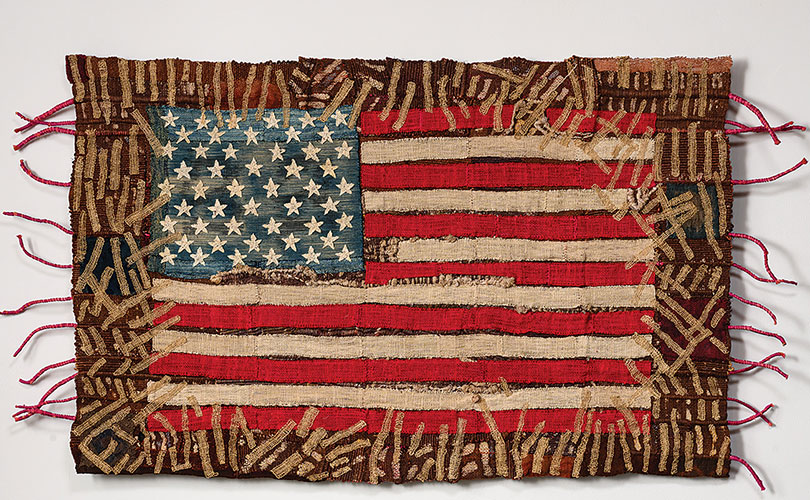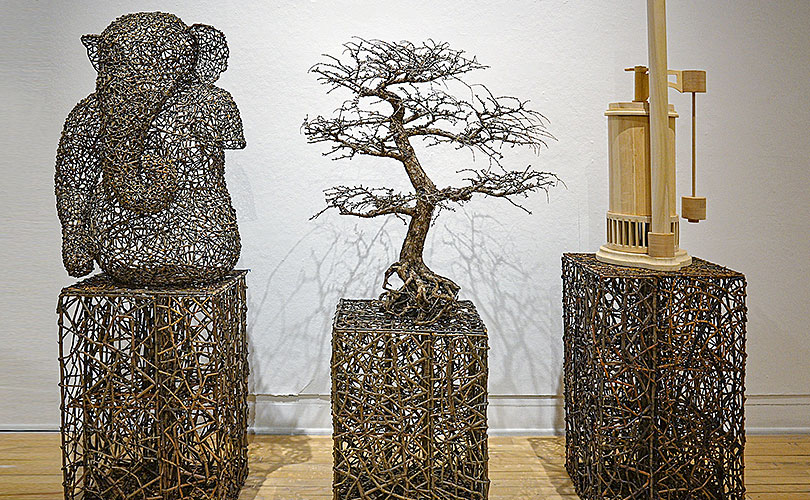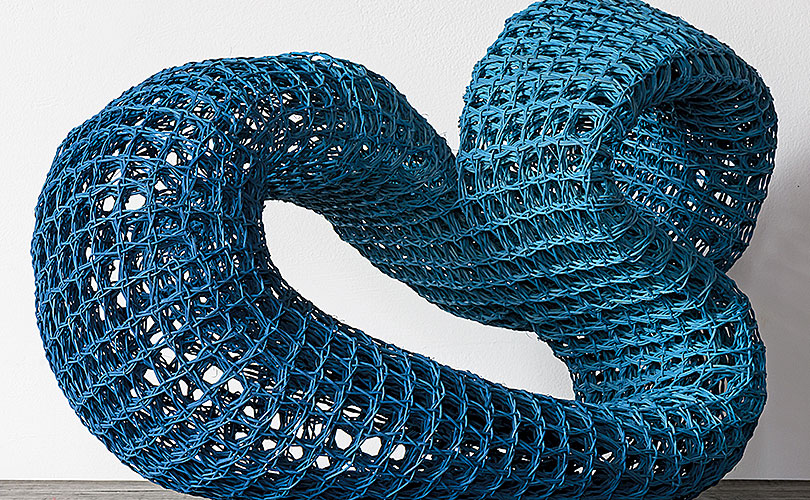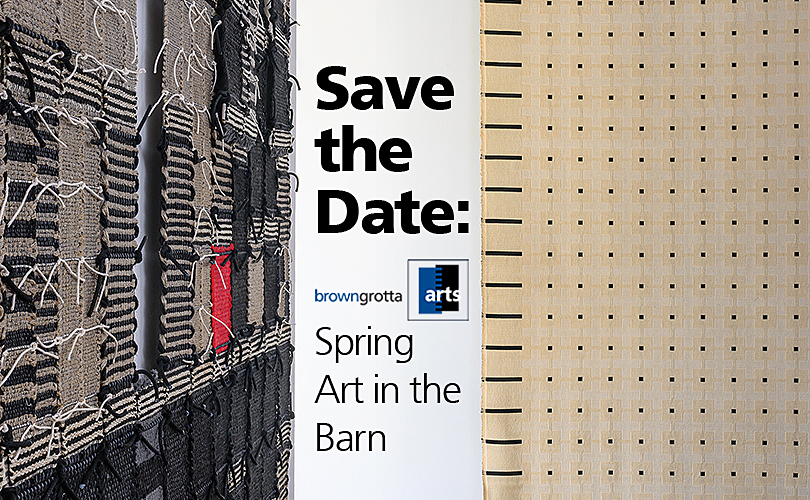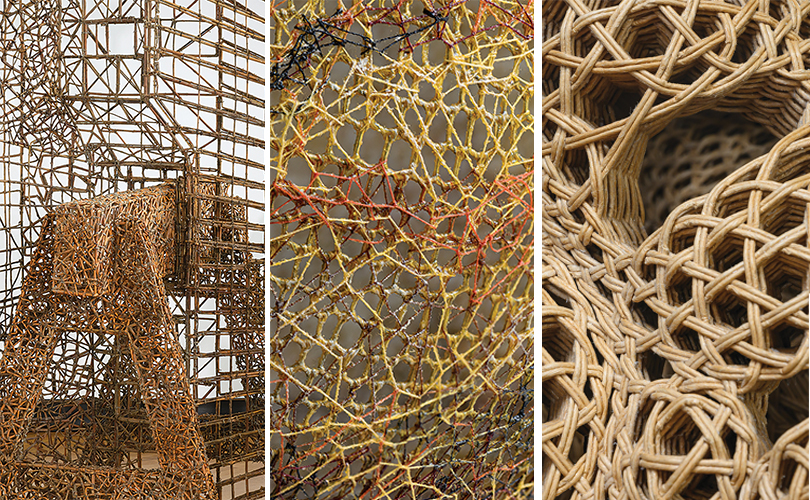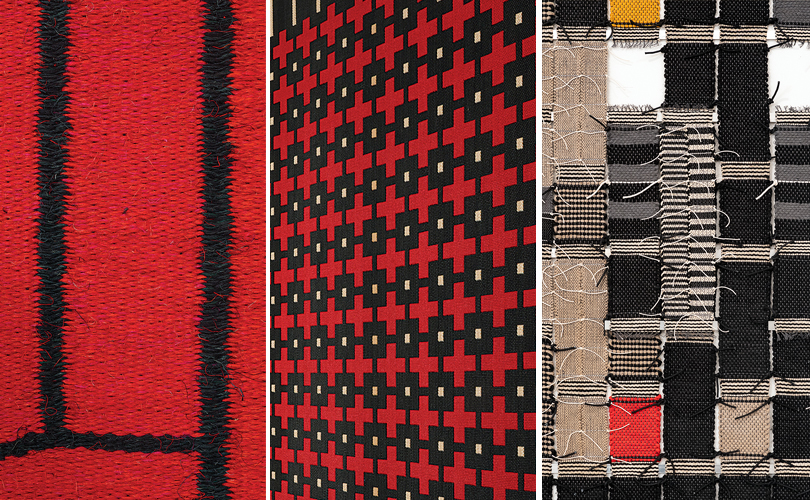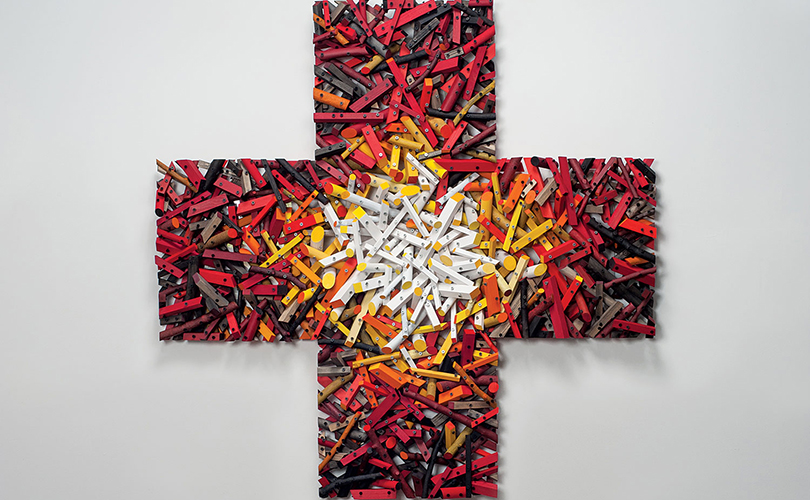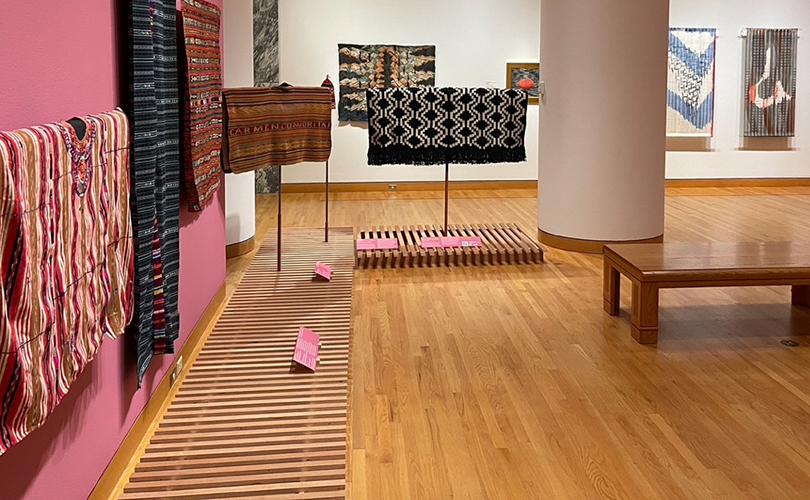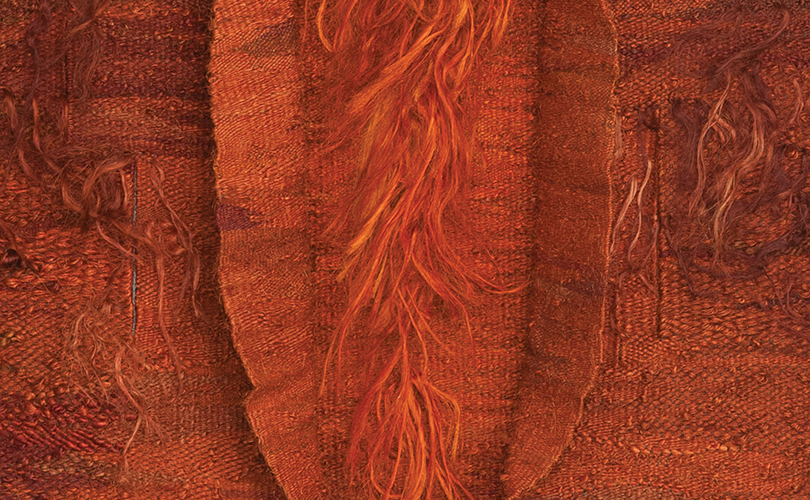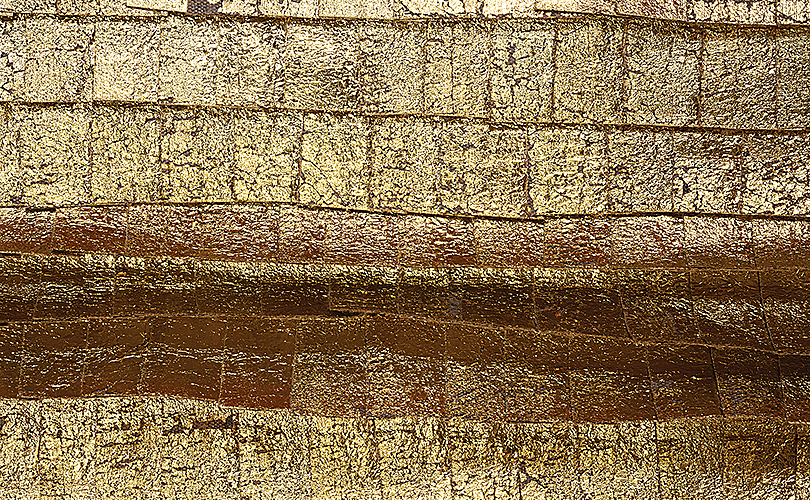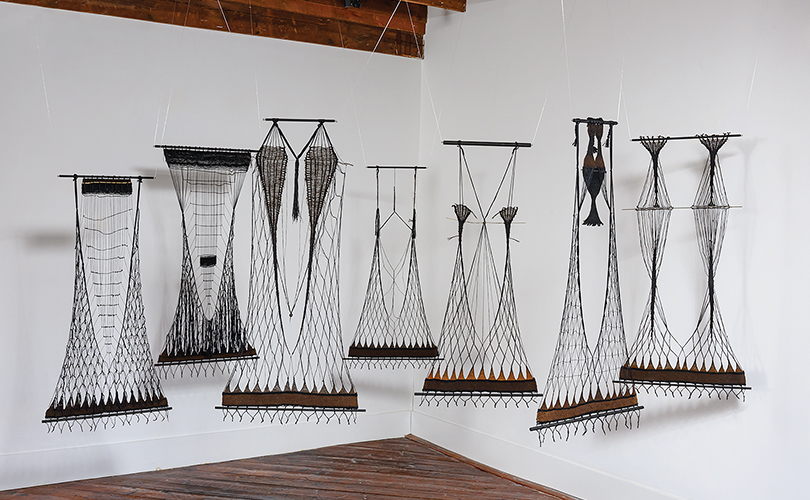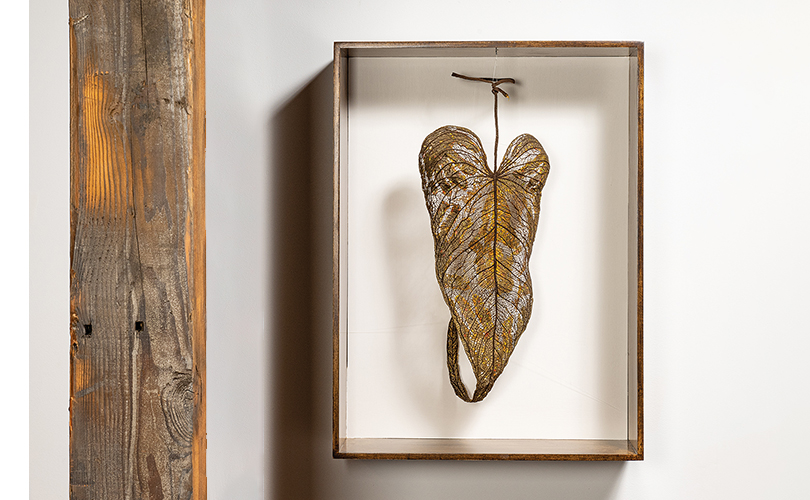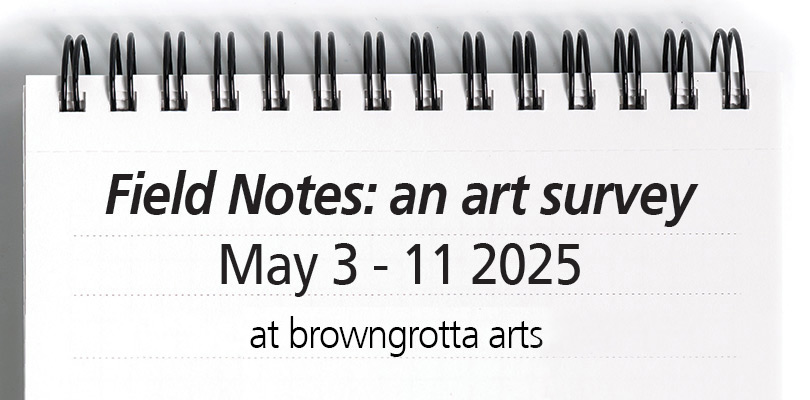
Fiber art is having a moment. It’s “the new painting” according to Art in America and a trend that Artsy says will “take hold across the contemporary art world in 2025.” Exhibitions of art textiles are on view across the US and Europe, including Woven Histories: Textiles and Modern Abstraction which will open at the Museum of Modern Art in New York in April.
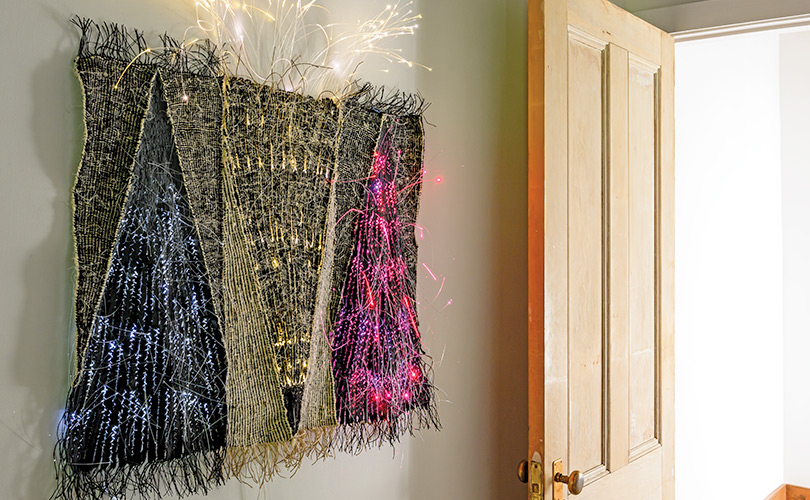
In Field Notes: an art survey (May 3rd -11th), browngrotta arts will provide a high-level view of the fiber medium, informed by the gallery’s 30+ years specializing in the promotion of art textiles and fiber sculpture.

In art and science, field notes generally consist of a descriptive element, in which the observer creates a word picture of what they are seeing — the setting, actions, and conversations; combined with a reflective portion, in which one records thoughts, ideas, and concerns based on their observations. In Field Notes, viewers will be able to observe a varied group of art works, reflect on the creators’ thoughts about their art practice, and generate their own questions and conclusions.
More than two dozen accomplished international artists will share what’s on their minds, what’s on their looms, and what’s inspiring their art process, just as the art form’s popularity crests, including Sung Rim Park, and a few other artists whose work we have not shown before. Works by fiber art pioneers, Kay Sekimachi (US), Sheila Hicks (US), and Mariette Rousseau-Vermette (CA), will also be part of the exhibition, providing insights about the medium’s evolution.

“Textile art is strong in Norway today,” says Åse Ljones. “It has gained a higher status, and is often purchased for public decoration.” In her work, she is “looking for the shine, the light and the stillness in the movement that occurs in the composition of my pictures,” she says. “I embroider by hand on linen fabric.” The viscose thread she uses adds glow and shine in the composition. “With different light sources,” she says, “the image changes all the time. As a viewer, one must be in motion to see and experience the changes.”
Aby Mackie, who works in Spain, combines existing materials with the tactile intimacy of textile techniques. “By blending these elements,” she says, “my work challenges perceptions of craft and sustainability, offering new ways to perceive the familiar and celebrating the beauty of reinvention.” Mackie agrees with Ljones about the evolving role of fiber. “The field of fiber art is currently experiencing a profound shift,” says Mackie, “gaining recognition as a respected medium within contemporary art.”
Fiber is “a powerful medium for storytelling and innovation in the current art world,” Mackie concludes. Join us in May as we highlight those stories and celebrate fiber art’s resurgence!
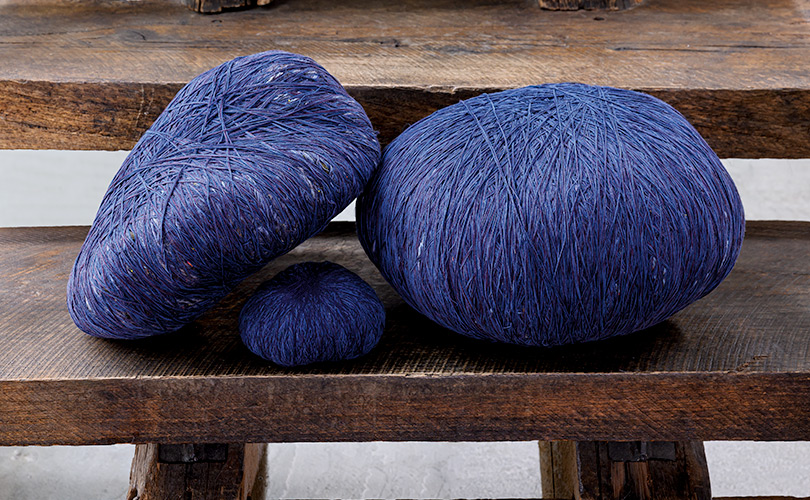
Exhibition Details:
Visit Field Notes: an art survey at browngrotta arts, 276 Ridgefield Road, Wilton, CT 06897 from May 3 – May 11, 2025.
Gallery Dates/Hours:
276 Ridgefield Road Wilton, CT 06897
Opening & Artist Reception
Saturday, May 3rd: 11am to 6pm
Sunday, May 4th: 11am to 6pm
(40 visitors/ hour)
Monday, May 5th – Saturday, May 10th: 10am to 5pm
(40 visitors/ hour)
Sunday, May 11th: 11am to 6pm
[Final Day] (40 visitors/ hour)
Safety Protocols:
• No narrow heels please (barn floors)




